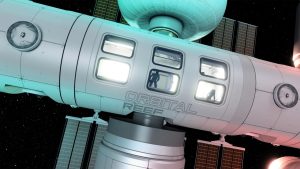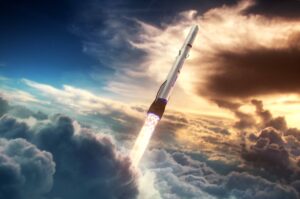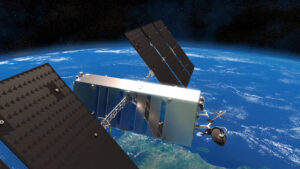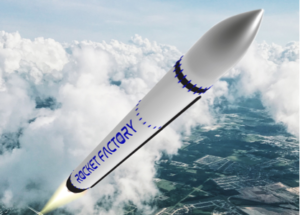A Short History of Blue Origin Rocket Engines
23rd Mar 2021American company Blue Origin works not only on spacecraft but also on developing its own engines. The company needs to make their spacecraft suitable for passenger transportation – just like what we are used to seeing in science fiction films. To this end, Blue Origin is developing a wide range of engines, including reusable ones.
Blue Origin: Step by Step, Ferociously
Blue Origin was founded by billionaire and Amazon CEO, Jeff Bezos, in 2000, two years ahead of Elon Musk’s SpaceX. As Musk focused on payload deliveries, Bezos emphasised space tourism. Unfortunately, the latter proved to be more challenging to implement, so Blue Origin’s progress was not as rapid as Space X’s. However, today, the company has almost reached its ultimate goal of creating a suborbital tourist ship, New Shepard. Furthermore, they have almost finished developing a heavy launch vehicle New Glenn, which will deliver payloads and people into space.
Each Blue Origin development is closely related to its predecessors. Old technologies are constantly improved and help create new ones. The company motto “Gradatim Ferociter,” which in Latin means “Step by Step, Ferociously,” perfectly reflects this vision.
In addition to spacecraft, the company places great emphasis on polishing up proprietary engines in Blue Origin rockets. To date, three models have already been released, and two more are under development.
The first Blue Origin Engines
The first Blue Origin engine was manufactured in 2006 and was named Blue Engine 1 (BE-1). It ran on kerosene and hydrogen peroxide and produced a thrust of only 9 kN. BE-1 was used on the very first New Shepard prototype — Goddard (PM1). It took nine of these Blue Origin rocket engines to lift the ship just 280 feet above the ground. The flight lasted 25 seconds, after which the spacecraft made a controlled landing on the landing pads.
The BE-2 version turned out significantly more powerful, producing a thrust of 140 kN. Two of these engines were enough to launch the first New Shepard model, the PM-2. In 2011, two test flights for engines in Blue Origin rockets were carried out.
The BE-3, released in 2013, was a real breakthrough. Here, a completely different fuel was used. The engine ran on liquid hydrogen and liquid oxygen, while its thrust was increased to 490 kN. In November 2013, BE-3 was successfully tested on an impromptu space mission.
Today, the BE-3 is still used on New Shepard for suborbital vertical flights up to 40 km.
A new round of development: BE-4 and BE-7
New Blue Origin BE-4 engines development began in 2011, but it was kept private up until September 2014. Unlike its predecessor, BE-4 runs on liquid methane and oxygen. This type of fuel type increased engine thrust to 2,400 kN, which is 10% more powerful than Raptor SpaceX engines.
Blue Origin originally planned to use the B-4 exclusively for its New Glenn launch vehicle, but in 2014, the United Launch Alliance (ULA) became interested in the engine. The sanctions against Russia forced the company to look for a new engine to replace the Russian RD-180. BE-4 Blue Origin rocket engines will substitute Russian tech and will be used on the ULA Vulcan.
In 2020, Blue Origin started developing BE-7. This engine, with a thrust of only 40 kN, will be used on the lunar lander as part of NASA’s new Artemis lunar program. The continuation of the legendary Apollo mission started in 2019 and involved all the leading private space companies, along with several promising startups.
While BE-7 is still in the early development stages, it is too early to say anything about the engine’s commissioning time. But Blue Origin BE-4 engines are already a success. In January 2021, the engine was successfully tested at the Blue Origin facility in Texas. Proving the validity of Blue Origin engines tech brought the company one step closer to space.






Thank you for your comment! It will be visible on the site after moderation.